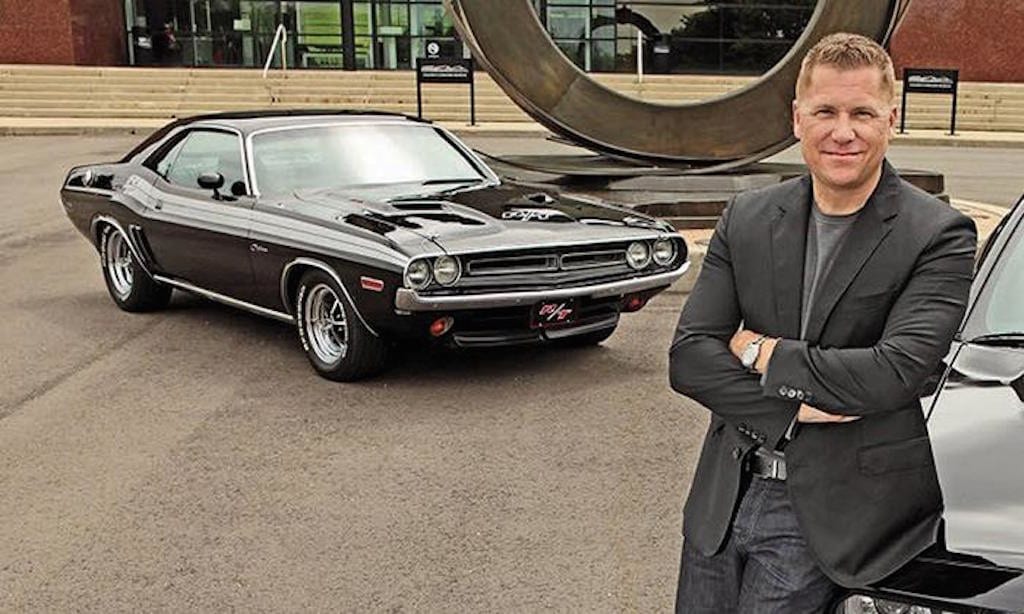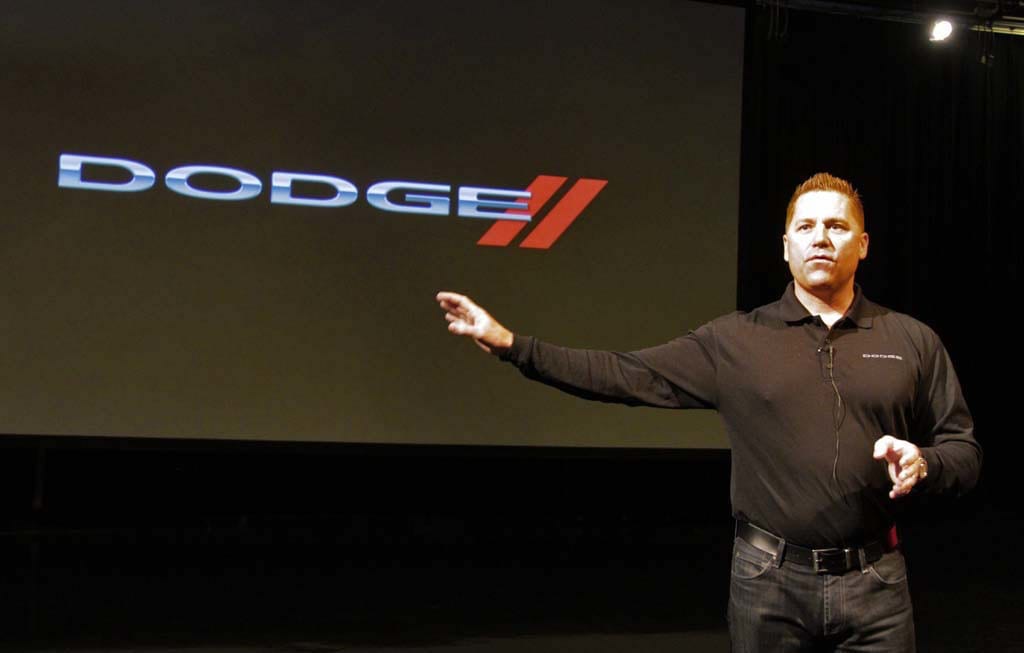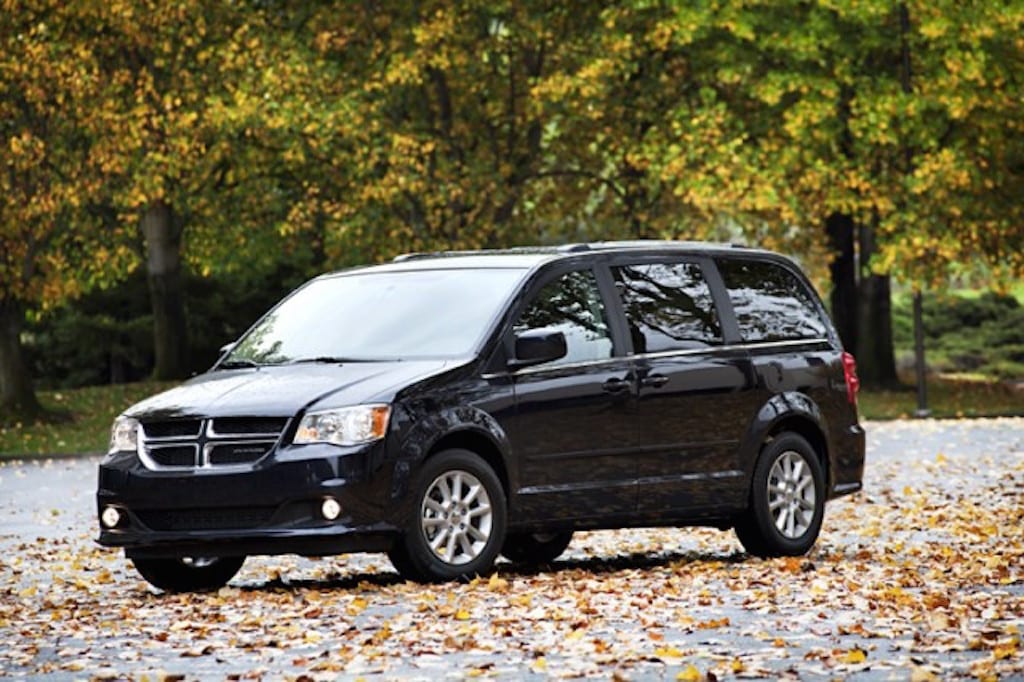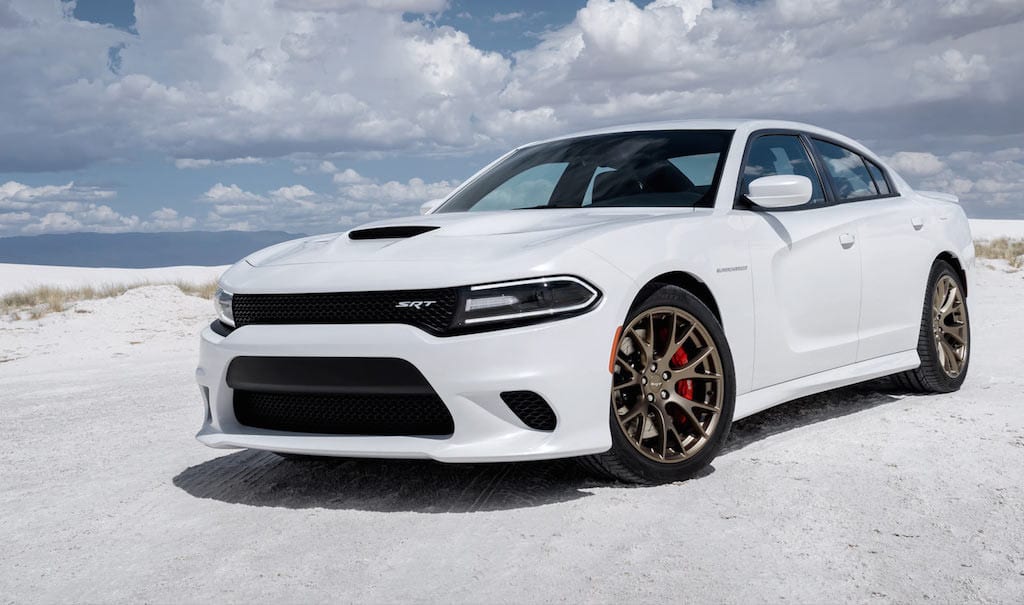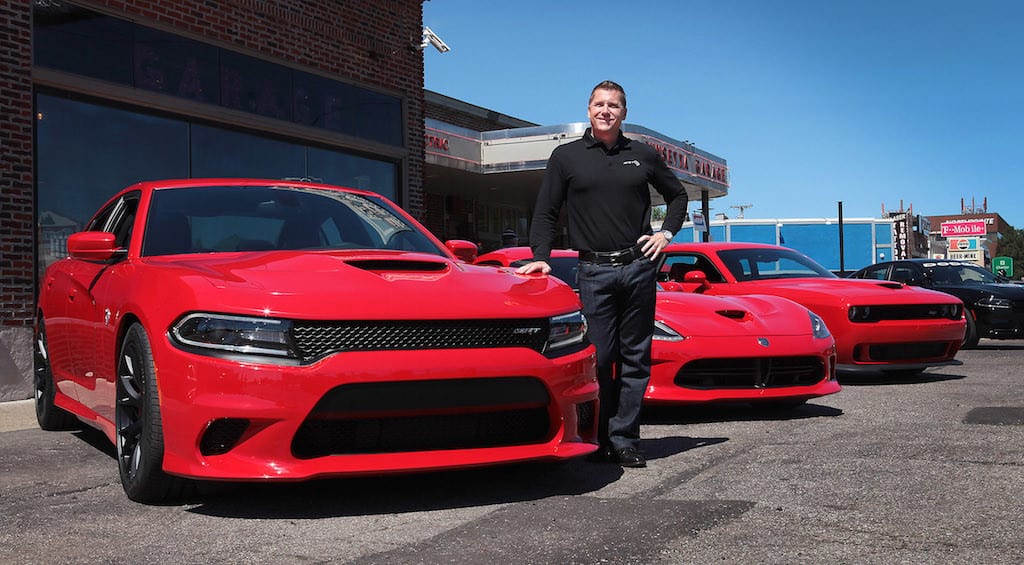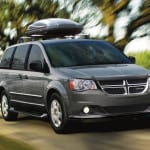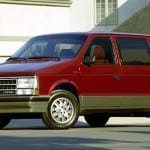Dodge has been around for more than 100 years, and the company has faced plenty of adversity during their century-plus in existence. The death of the Dodge brothers resulted in a passive, stagnate approach by the company, resulting in declining sales. Any attempts to reboot their brand took a back seat during World War II, as the company was commissioned to create war vehicles. Even the 1973 oil crises, which saw automotive companies struggling across the board, was a fiasco that Dodge somehow found their way out of.
Therefore, it shouldn’t be surprising that Tim Kuniskis, the President and CEO of Dodge brand, consistently takes an optimistic approach to any problem. It also shouldn’t be much of a surprise that the executive wasn’t worried when company sales dropped 16 percent this year (in a market that’s generally been improving). What might surprise you is that Kuniskis has big plans for the future of the company, and he’s confident that the strategy will begin paying off very soon.
Before you head down to your local Dodge dealership in Miami, take a look at why the brand will ultimately overcome their drop in sales, while also managing to improve the company for the future…
Dodge’s first attempt at upping their popularity were via social media, and that was clear from Kuniskis’ comments following the first Roadkill Nights in Detroit. Larry P. Vellequette of Automotive News described the outing as “a free event in the abandoned parking lot of the decrepit Pontiac Silverdome,” held with the intention to kick off the yearly Woodward Dream Cruise.
If that doesn’t sound like the most scenic setting for an event, remember that people weren’t attending for the sunset. They wanted to see Dodge vehicles, and they got what they asked for. While the sizeable crowd was certainly encouraging (Vellequette says there were multiple traffic jams surrounding the area), so was the company’s attempt to cater to a much younger crowd.
As the writer explains, “the fire-belching exhaust pipes, roaring engines, smoking tires, black T-shirts, [and] red key fobs” weren’t just included for the Dodge enthusiasts… they were there for the “13-year-old boys and girls who hang posted of cars on their bedroom walls.” Dodge’s idea worked, as the event reportedly earned the company 1.12 billion “impressions” on both traditional and social media.
“That’s the essence of what branding is all about, putting your mark on something,” said Kuniskis. “Performance is good business…But it’s way more than horsepower and quarter-mile times. “Performance is an attitude first, and nobody can chase you on attitude.”
As Vellequette explains, the company’s declining sales could be attributed to moves made 40 years ago. The writer describes Dodge as a “dumping ground of the old Chrysler,” with the Grand Caravan and the Dodge Nitro SUV among the “shared vehicles” features in the brand’s lineup. Furthermore, the vehicles produced by the company through much of the 1980s, 1990s, and 2000s (Vellequette points to the Neon, Caliber and Intrepid, in paricular) “largely mirrored” the products produced by rivals Ford and Chevrolet. To put it simply, the writer says Dodge “had sales, but no identity.”
Matters were made a bit worse when Fiat S.p.A. took control of the company following Chrysler’s bankruptcy. The Dodge Ram, perhaps the company’s most popular product, was shelved, yet Dodge was still expected to compete with their main rivals. That’s when Kuniskis revealed his plan to investors, a strategy that he had been planning for some time.
With the current era being anticipated to encounter a “planned sales decline,” Kuniskis had his staff put forth a strategy that would boost the brand’s future sales. The Avenger was replaced by the Chrysler 200, and the Grand Caravan (which has replaced the Ram as the brand’s best-selling model) will be ousted in 2017 in favor of the Chrysler Town & Country minivan.
What does this all mean? As Vellequette writes, Chrysler would essentially be the brand that would be competing with those domestic rivals, while Dodge would be allowed to “reabsorb the SRT high-performance line and concentrate on delivering power and performance across a smaller lineup.”
“The timing of this move was great and OPEC cooperated by lowering the price of gas,” Ralph Mahalak Jr., a businessman who owns multiple FCA dealerships in Michigan, Ohio and Florida, joked to Vellequette . “Everybody’s trying to make all of their cars performance oriented right now, and nobody’s really advertising that their car gets 35 mpg. But the amount of [Internet] action that we’re getting on Chargers and Challengers right now is just crazy.”
One year into the supposed five-year plan, and things are looking good for Kuniskis. While sales had dropped from 596,343 units in 2013 to 568,000 units in 2015, the brand is hoping to boost sales back up to 600,000 by 2018. The revamped Challenger has already seen a 38-percent boost in sales, and the Charger (which has even better sales numbers) managed a two-percent climb. The CEO also noted that the Hellcat versions of the Challenge and Charger are very popular among potential buyers. Even with those four vehicles booming, it’s the Journey that is currently the company’s top-selling vehicle.
Of course, not all the numbers are positive. The Grand Caravan has seen declining sales, which could perhaps be a result of the vehicle’s inevitable demise. Of course, the sales could also be attributed to the 90-day shutdown of the factory, as well as FCA’s subsequent limit on fleet minivan sales. Dart sales fell in July (following, as Vellequette explains, the removal of “leasing subvention supports”), but the car’s sales are still up 21 percent over last year.
“Our goal for Dodge, for every vehicle in our lineup, is to build every car as a Charger,” Kuniskis said. “Not to look like the Charger, but to do what Charger does compared to the rest of its segment. To be the square peg in the round hole that stands out from the crowd.”
Kuniskis has been the North America head of Dodge Brand and SRT Brand, FCA since early 2013, and his career at Chrysler dates back to 1992. As the FCA website describes, the executive “has full responsibility for Dodge brand sales, marketing, dealer network and service.” It’s been Kuniskis’ goal since the beginning to reestablish the brand as a producer of muscle, racing cars. The CEO has also been listening to the advice of his customers, as Kuniskis responded to one Hellcat owner’s email.
The future certainly sounds like it’s bright for Dodge, and Kuniskis seems like the right man to turn around sales. Declining sales often have to do with a brand’s popularity, and it’s rarely a testament on an individual make or model. Removing some of the brand’s most popular products is certainly a bold strategy, but sales have already been climbing, which is perhaps an indication that the CEO’s strategy is actually working. Regardless, we can be comfortable in knowing that Dodge will rebound. After all, the company previously overcame plenty of adversity. There’s no reason why this little drop in popularity will have a long-lasting impact.
Therefore, you should still be checking out your local Dodge dealerships for some of the company’s best vehicles. What are you waiting for? Head down there and check out their selection today!
